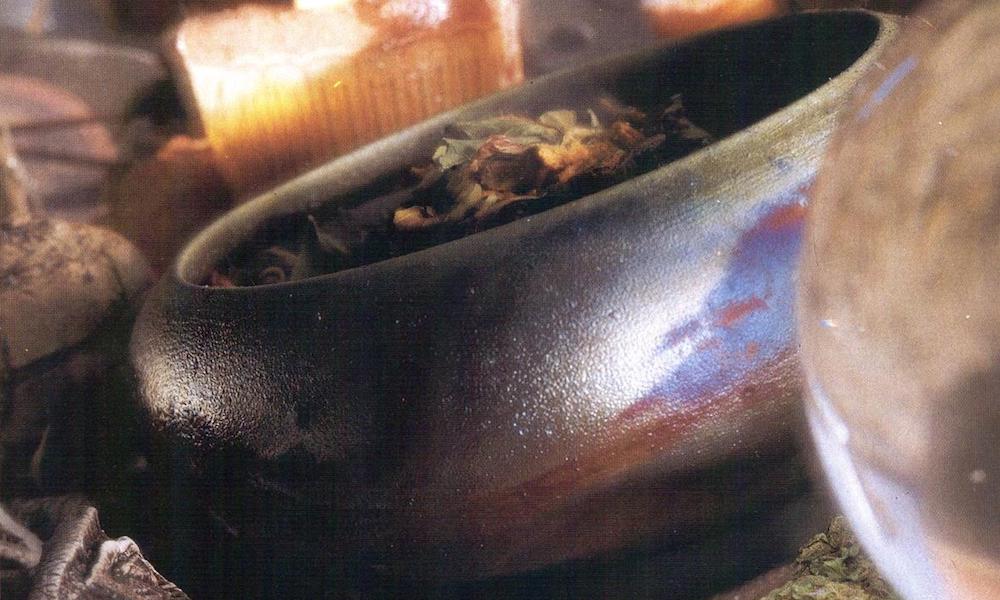A history of herbs used by the Celts and other pre-Christian tribal societies and their continued ritual use through the centuries, written by Mary Forsell and originally published in the October, 1993 issue of High Times.
Before Christianity, polytheism was the religion of choice throughout Europe and the British Isles. To these country people, all forces of nature were divine. Pantheons of gods and goddesses symbolized the natural energy that ran through every river, stone, tree and flower. The earth provided everything necessary for living contentedly, including a vast array of scented green medicines with mysterious curative powers—known today as herbs. These medicines were so revered that they were a part of religious ceremonies, usually held in the open air at river sources, in forests and other sacred places. Although certain community members were designated to officiate rites, anyone could use herbs for personal magic—they were free for the asking.
One of the most powerful earth religions was that of the Celts, tribal groups who flourished during the Iron Age and spread through the British Isles, France, Germany, Spain, Italy, Macedonia and even parts of Asia. Each Celtic tribe had its own deities and style of worship, but all had a priestly caste called Druids, men and women (the latter distinguished by their intricate tattoos created from herbal and berry juices), who led rites in oak groves, burned herbs in bonfires or simmered them in iron cauldrons in worship of deities. When Roman conquerors led by Caesar finally defeated them, they were made to worship Roman deities, although they did this in name only. When Christianity finally became the official religion of the Roman Empire during Constantine’s reign, many of the Celtic rites were adopted by the Church in an effort to speed the transition and convert the …
Read More
Author: High Times / High Times








